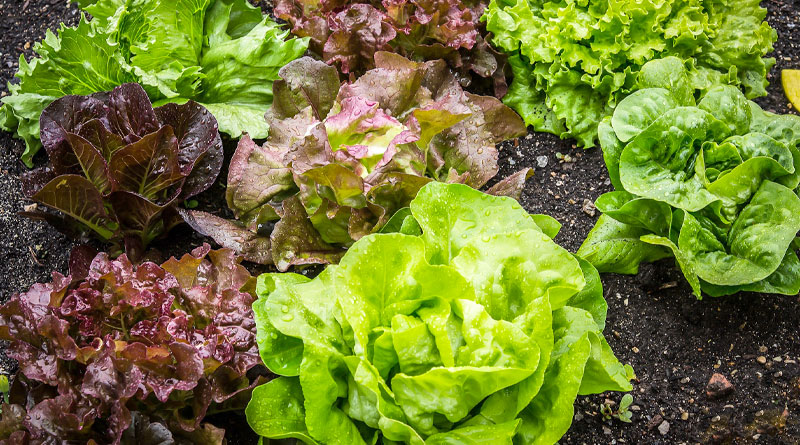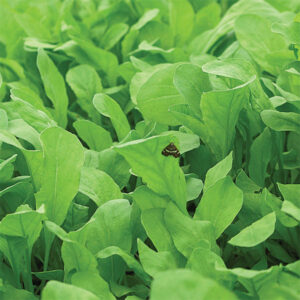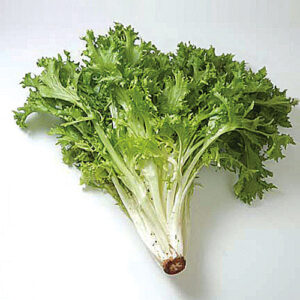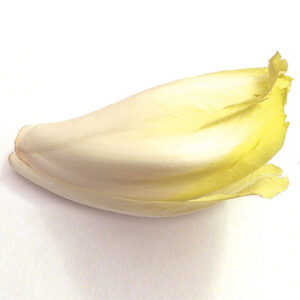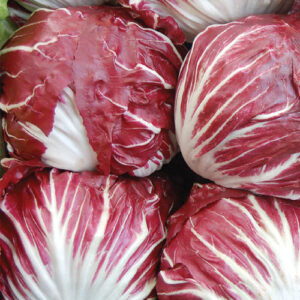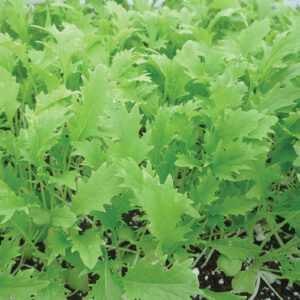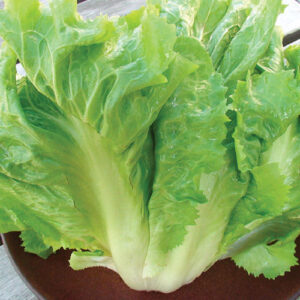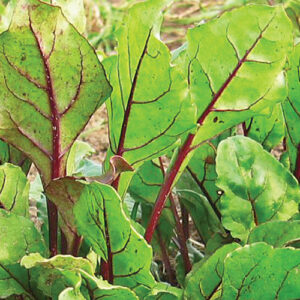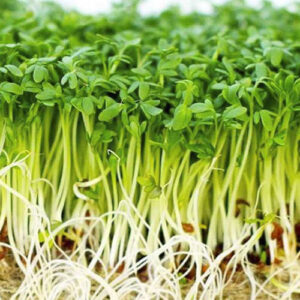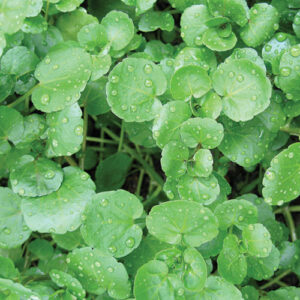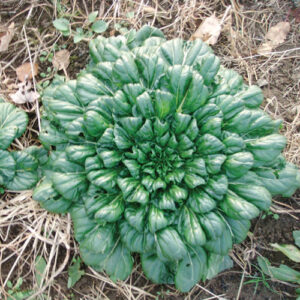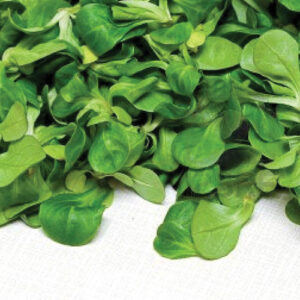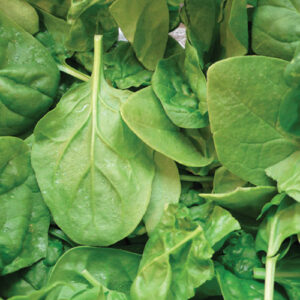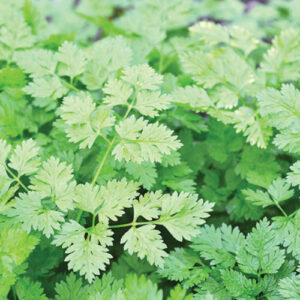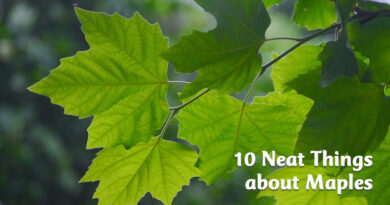Garden Salad
Plant some spring with a salad bowl garden
The garden-fresh taste of salad greens picked from your own garden after a long dreary winter is one of the sweetest treats imaginable.
And the loveliest thing is that the salad greens are among the earliest crops and the easiest to grow. We’re talking leaf lettuce, radishes and green onions to get started. All grow very easily from seeds, which can be sown in containers right in a sunny window.
Because these plants grow and mature quickly, you can keep on sowing them all summer long, two to three weeks apart, and enjoy fresh baby greens all season – even in the winter if you get enough sunlight. These are cool season crops that prefer five to six hours of sunlight a day but can get by with a little less.
What to plant.
Start with leafy greens such as a ‘Mesclun’ mix which gives you a variety of greens in one packet. They usually contain arugula, lettuce, endive and chervil, but you can also plant individual crops of lettuce, mustard greens, cress, and Swiss chard to name but a few.
Radishes are easy to grow as are chives and spring onions. The seed packet will tell you how long from sowing to harvest. Pea tendrils or shoots are very popular right now and while they take a bit more prep, they are just as easy to grow as the rest.
What to plant in.
You can plant in just about anything as long as it has good drainage and is deep enough for the roots to get a good grip. You will need at least four inches for radishes which are a root crop. You will want a good potting mix, available at any garden store. If you are starting your garden indoors, the commercial mixes are bug and disease free. The mix should be damp but not soaking wet.
Planting.
Scatter seeds about a half inch apart on the surface of the soil and cover very lightly (1/4-inch) with soil. You may find that some of the seeds are very tiny and hard to manage. A folded piece of paper can double as a seed planter (see illustration, next page). Water lightly; using a can with a watering rose (you don’t want the seeds to float.) Keep an eye on your crop to be sure it doesn’t dry out but don’t over water – moist not wet.
Harvest.
Harvest in about three weeks. For greens, you can cut the top leaves off just above soil level and they will continue to replenish themselves several times before you have to sow again. Radishes are obviously a one-time deal, but they can be easily re-sown. Harvest just the top third of the pea shoots to keep new growth coming.
Believe it or not, that’s about all there is to it. Get growing!
Salads from outside the lettuce box
Also called “Rocket” in English cook books. Has a
peppery flavour and can be a bit bitter.
Also known as curly endive and chicory. Slightly bitter.
A bitter, spoon-shaped, yellow green.
Looks like a purple cabbage. Bitter.
Arugula.
Also known as California peppergrass. Japanese mustard green with a pungent flavour, slightly spicy. Milder when used as a micro green (very young).
A variety of endive with paler and less bitter leaves.
Taste a lot like spinach. Snip off the leaves of growing
beetroot and toss them in a salad. Often cooked.
Related to water cress and mustard. Tangy, peppery
flavour.
Very strong tasting salad green. Pungent, peppery,
slightly bitter. Renowned for high amounts of vitamins
A,C, and E.
Also known as rosette bok choy. Spoon shaped,
pebbly leaves. Often cooked and served with ginger
soy-sauce-type dressings.
Lamb’s lettuce. Mildly sweet, oak-leaf-shaped red green. Delicate and tender.
Best for salads when picked young. Mild tasting. Great
with fruits such as strawberries or apples.
Related to parsley, it has a mild anise flavor that adds a
lift to any salad. One of the ingredients in the French fine herbs.

